News
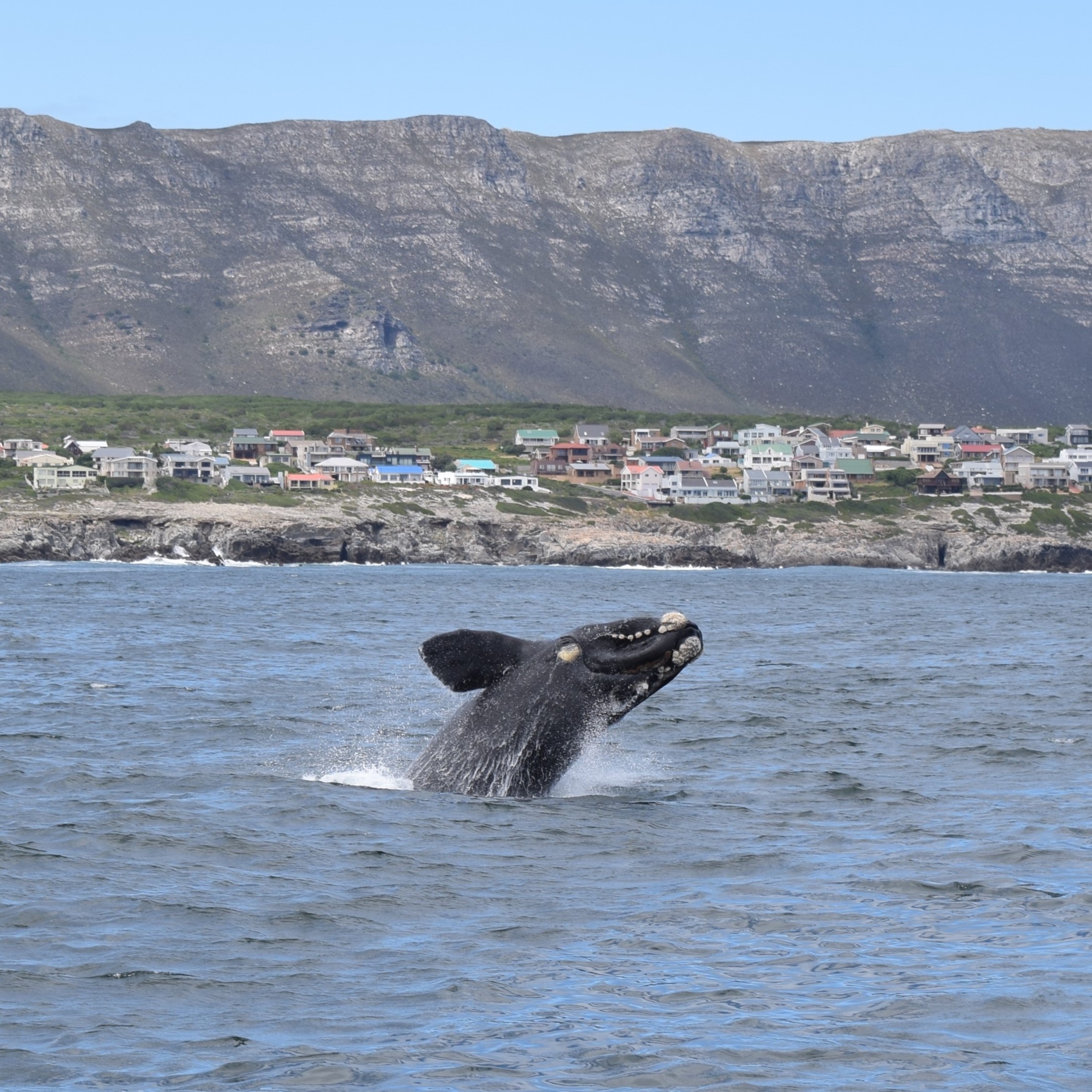
|
Even giants of the oceans deserve gentle careWhale populations have only recently begun to recover from commercial whaling, but a new factor is already beginning to threaten them: global climate change. And this is not just speculation – the impact is being felt in reproduction and population genetics. Petra Nevečeřalová and Pavel Hulva from the Department of Zoology at the Faculty of Science of Charles University have conducted genetic research on one of the largest mammals on Earth. Together with an international team of scientists, they used non-invasive methods of collecting samples for DNA analysis. Their project aimed to describe the population structure of southern right whales (Eubalaena australis) and the population changes of the species in recent decades. Published Apr 17, 2023 |
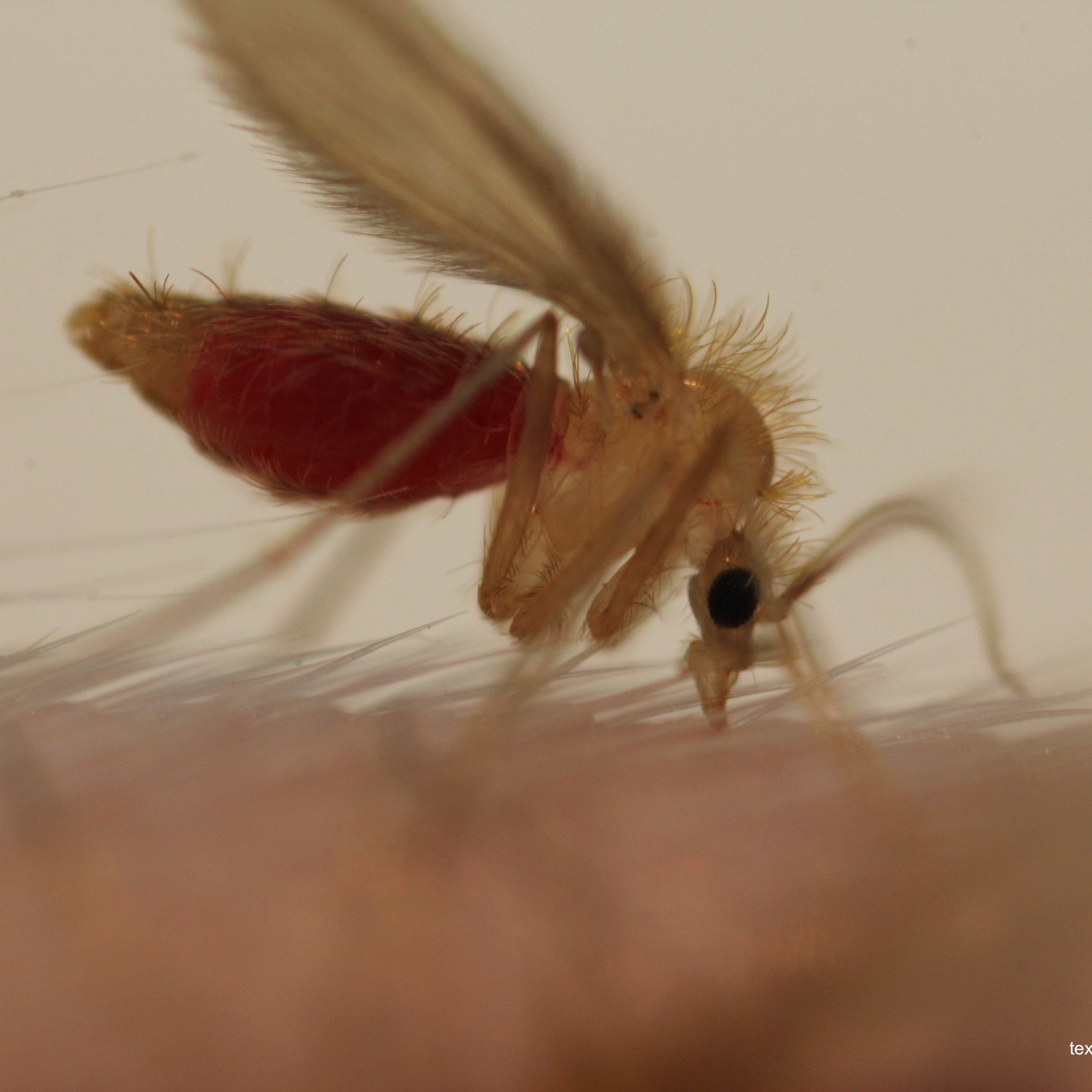
|
CLIMOS – sand fly-borne diseases in your mobile phoneGoing for holidays to the Mediterranean? Beside weather forecast, accommodation prices and rating of beaches, you may soon also check in your mobile phone a risk of contracting leishmaniasis. Researchers from our faculty participate at CLIMOS, a new project aiming to study the effects of climate change on the distribution of phlebotomine sand flies and sand fly-borne pathogens in Europe and adjacent regions. And beside new scientific data, it shall provide some very handy outcomes. Published Apr 13, 2023 |
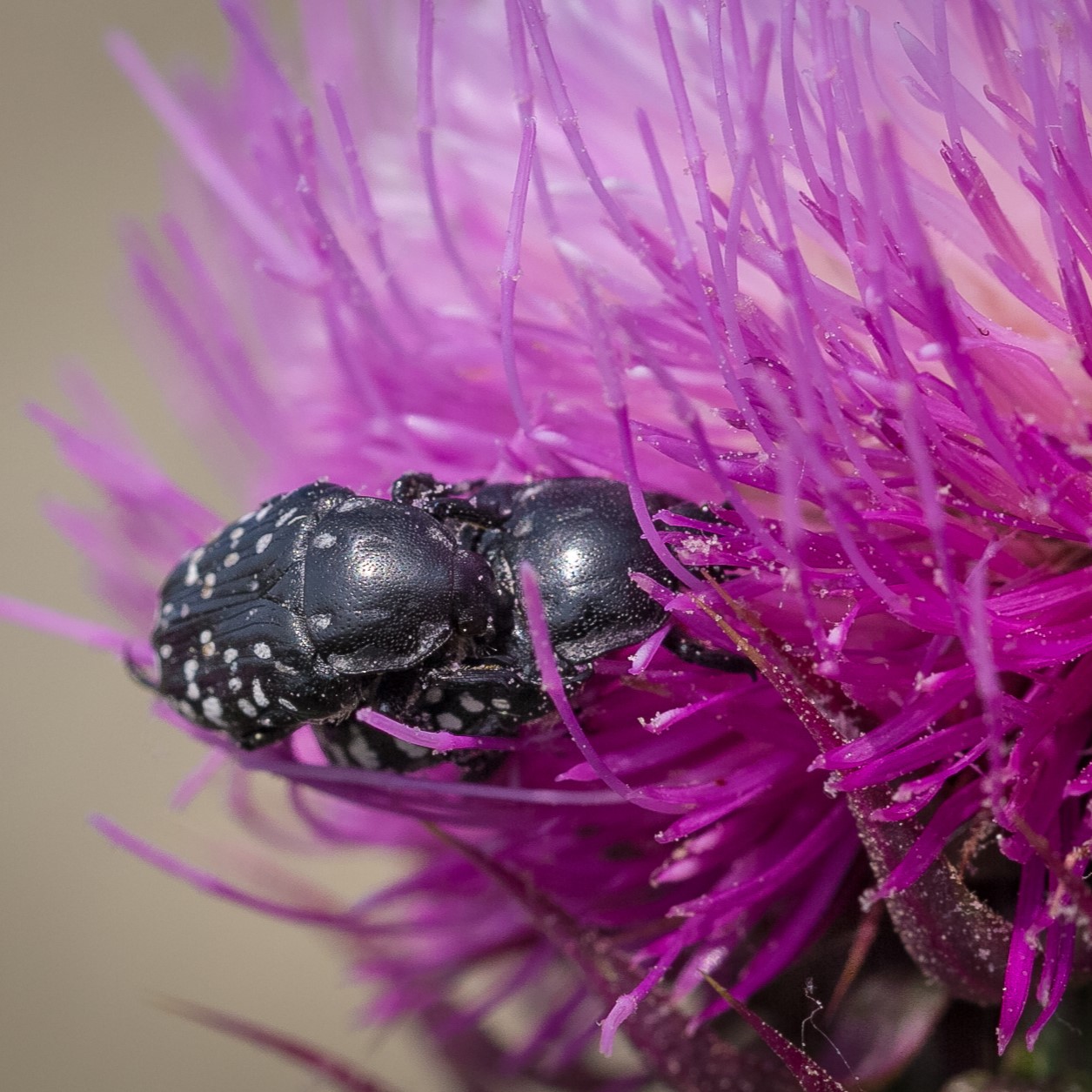
|
Flower chafers and their potential for non-forest biotope conservationThe term flagship or umbrella species refers to those whose conservation – and, more importantly, the conservation of their habitat – allows other inhabitants of such habitats to be protected. Common flagship species include saproxylic flower chafers. However, not all flower chafers dwell in dead wood like the saproxylic species. Dominik Vondráček, David Král, and Petr Šípek from the Department of Zoology, Faculty of Science, recently investigated flower chafers dwelling in soils in various non-forest biotopes. Their paper, published in Insect Conservation and Diversity, confirms the rediscovery of relict flower chafer populations that were thought to be extinct, assesses their genetic structure, and discusses the implications of the results in terms of biotope conservation. Published Apr 10, 2023 |
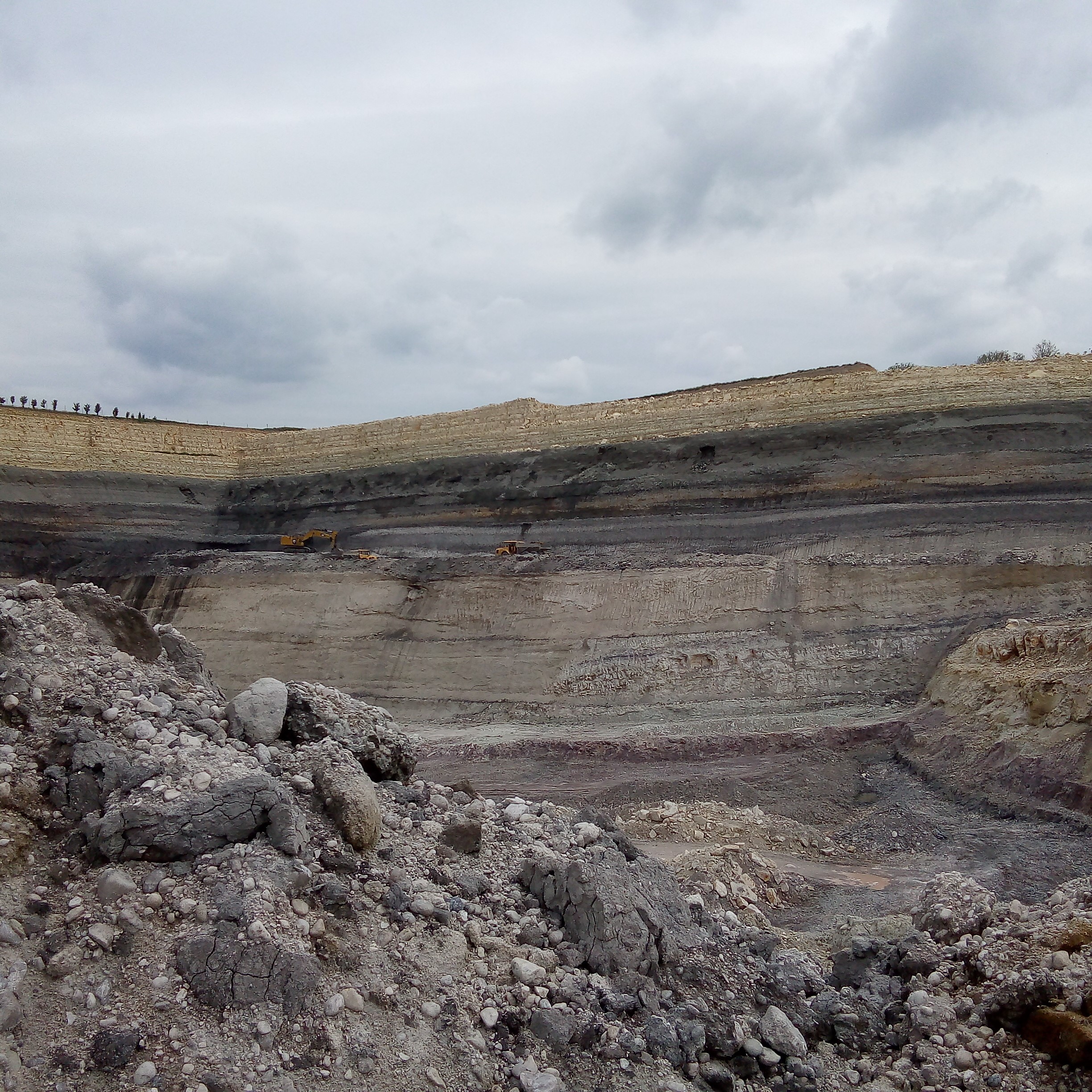
|
Cuticular analysis – an assistant in paleontological researchThe Bohemian Cretaceous Basin (BCB) is one of the longest-researched basins of its kind in Europe and the world. Despite the enduring work of eminent scientists from the past, remarkable and new findings can still be revealed. Jana Čepičková from the Institute of Geology and Paleontology of the Faculty of Sciences of Charles University together with Jiří Kvaček (National Museum) published an article describing several finds of fossil plants from the Upper Cretaceous period (Cenomanian stage). As a result of their intensive efforts, the taxonomy of these fossils could be refined. In addition, the researchers have been able to describe an entirely new genus and species of fossilised plant. Published Apr 04, 2023 |

|
How many years did unvaccinated people lose during the COVID-19 pandemic?During the COVID-19 pandemic, many of us could finally feel relief when the first approved vaccines saw the light of day. But it didn't take long for a segment of the population to turn against vaccination, preferring to be unprotected from the virus. That vaccines are effective in fighting disease has long been proven by many studies. Even at the Faculty of Science of Charles University, one such study was recently conducted. The data studied by Dr. Klára Hulíková Tesárková and her colleague Prof. Dagmar Dzúrová, who is, among others, the supervisor of the Master's degree in Social Epidemiology at the Department of Social Geography and Regional Development supported by the NPO-SYRI* project. So how does a study that has newly analyzed the data from the coronavirus era speak? Published Mar 29, 2023 |
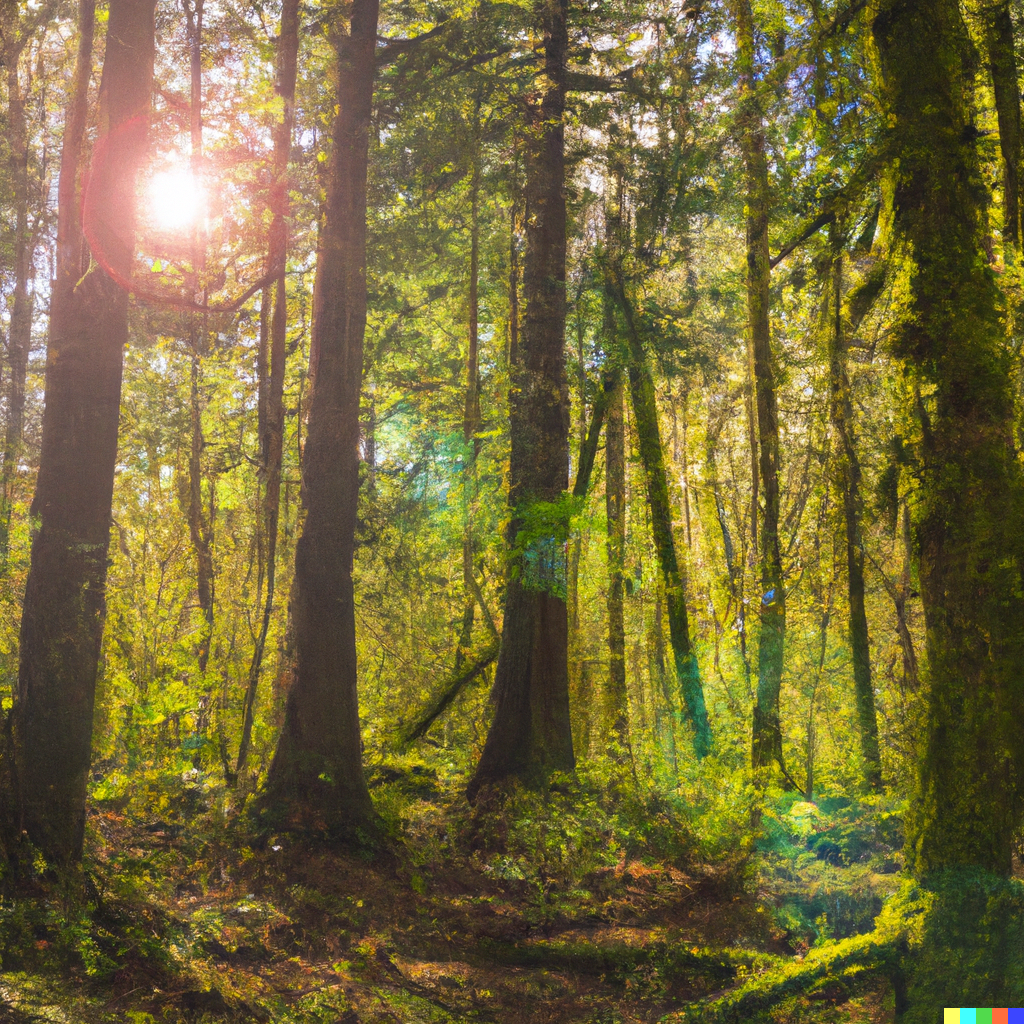
|
Looking back at covid – what do we think about the strict restrictions?“Being human means having and knowing your place.” This quote was written by Canadian geographer Edward Relph in one of his publications in 1976. It says that it is important for us to visit our emotionally important places. Human life has always been connected to nature and places that are associated with important memories. The pupils’ stay in the outdoor environment is even enshrined in valid curricular documents as a compulsory part of their education both in Czechia and Slovakia. Not only does the age of digital technologies not contribute well to the fact that adults and children generally spend less time outside, but the COVID-19 pandemic didn’t help the situation as well. Extremely constraining was the march of 2021 when the strictest restraints were ordered – prohibition to leave the territory of their resident district for recreation. Dominik Rubáš and Tomáš Matějček from the Faculty of Science, Charles University were in a research team which studied the consequences of covid restrictions on the health of young people. Published Mar 27, 2023 |
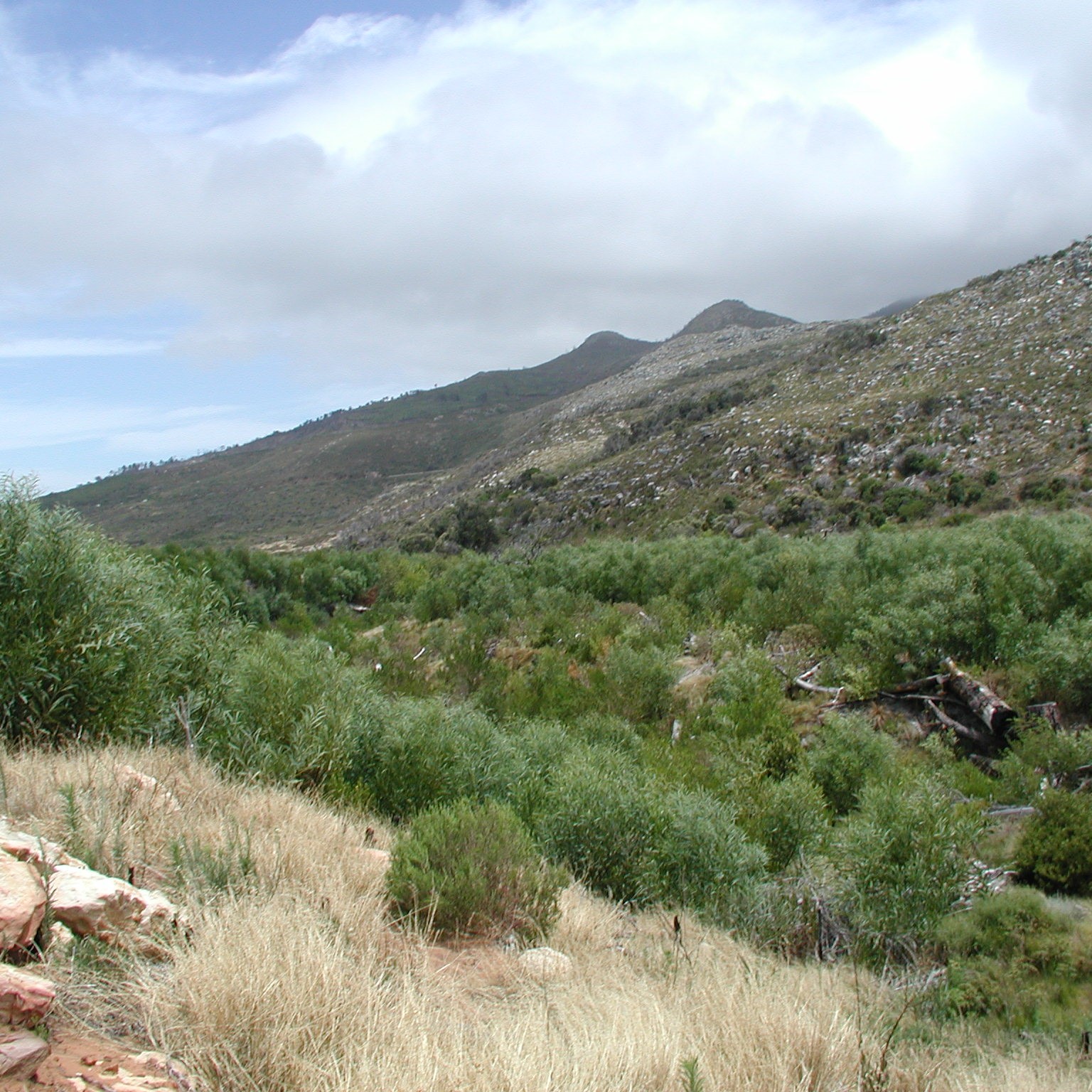
|
So close, yet so farThe earth’s ecosystem is threatened by invasions for a variety of reasons. One is the significant contribution such invasions make to the extinction of native plants and animals. While it might seem that the introduction of species outside their native range is a phenomenon of the last century, this is actually not true. The first invasions can be dated back to the Neolithic period, but the major expansion began with European colonialism. Is it possible, even today, to detect traces of introductions dating back to the fifteenth century? Experts on invasions led by Bernd Lenzner from the University of Vienna, together with Petr Pyšek and Jan Pergl from the Institute of Botany of the CAS and the Department of Ecology of the Faculty of Science of Charles University have mapped in detail the historical imprints of plant species in formerly colonial countries. Published Mar 19, 2023 |

|
Mysterious parasites peeking from paper wasp abdomensStrepsiptera are tiny creatures that occur unexpectedly between the abdominal segments of wasps, bees, and other insects. They are bizarre parasitic insects with the females secondarily reduced beyond any semblance of a normal insect. The rarity and often troublesome determination of specimens deters many people from working on this taxon. Consequently, compared to charismatic taxa like beetles or butterflies, strepsipterans remain largely understudied. As such, a whole century separates the description of the first and two additional species of strepsipterans of the genus Xenos parasitising New World paper wasps of the genus Mischocyttarus. In an article recently published in Acta Entomologica Musei Nationalis Pragae, Daniel Benda and Jakub Straka from the Department of Zoology, Faculty of Science have made a major contribution to the description of two new species. Published Mar 13, 2023 |
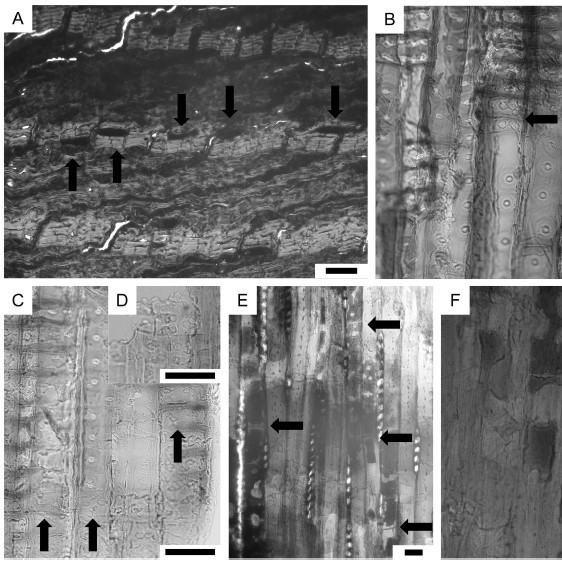
|
New insight into old woods from IcelandAlthough Iceland is far from the Czech Republic, palaeontology can partially connect these two areas. The beginnings of fossil wood research on this island date back to the second half of the 19th century and focused primarily on coal-bearing rock sequences. Last year, a team of researchers led by Richard Pokorný (Jan Evangelista Purkyně University (UJEP) in Ústí nad Labem) and his colleague Vít Koutecký (Institute of Geology and Paleontology, Faculty of Sciences of Charles University/UJEP Ústí nad Labem) published a constructive article in the Review of Palaeobotany and Palynology describing previously unknown tree fossils from this arctic island. Published Mar 06, 2023 |
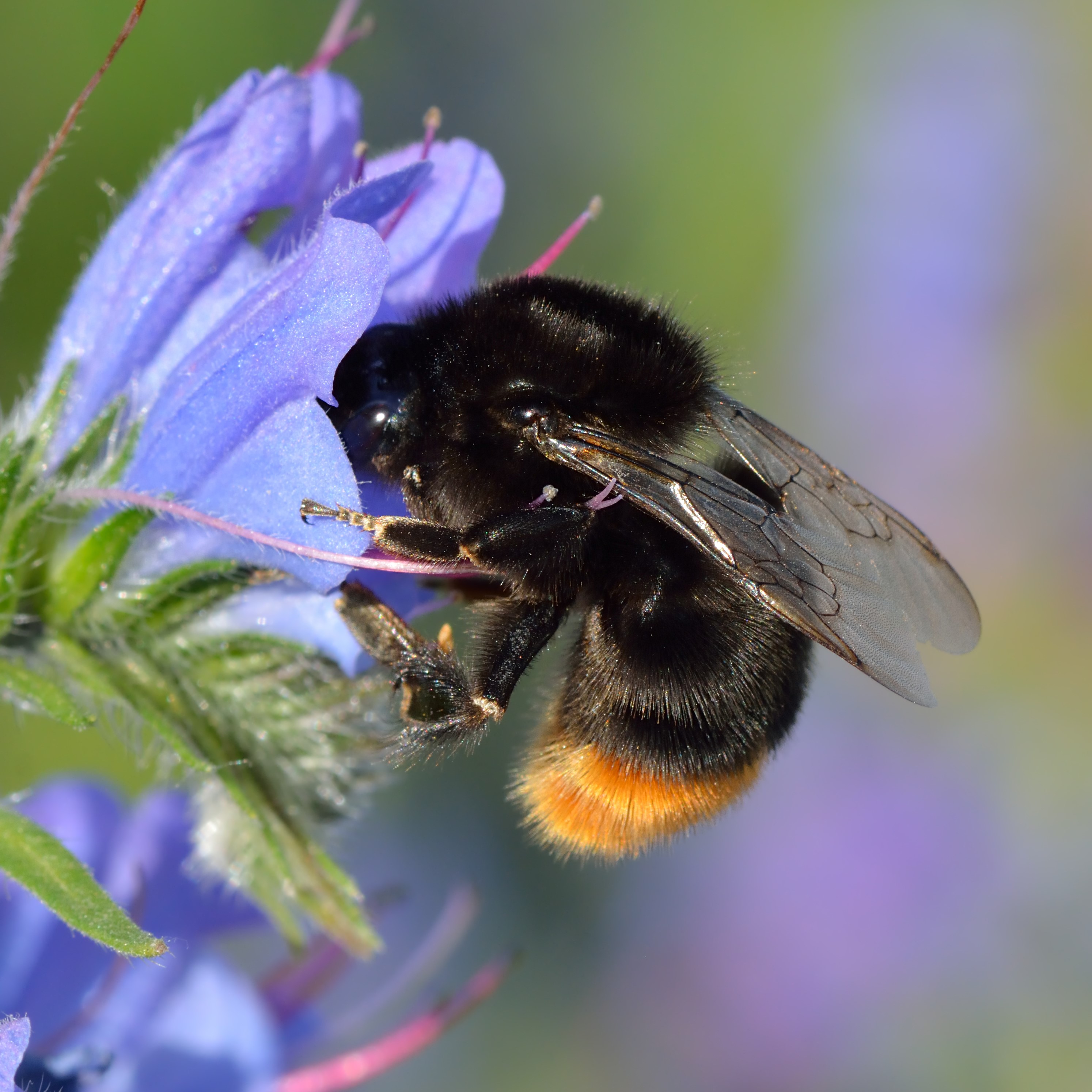
|
How are insects doing these days? Bumblebee genes provide the answer.Do you feel you have seen fewer insects in recent years? And have you seen a bumblebee at all this summer? In the future, there may be fewer and fewer bumblebees in Europe. Unsustainable agriculture is to blame. The impact of agricultural pressure on two European bumblebee species was therefore investigated by an international team together with Mgr Jakub Straka PhD from the Department of Zoology at the Faculty of Science of Charles University. The question they investigated was – can the insects adapt to the ever increasing intensity of agriculture? Published Feb 26, 2023 |
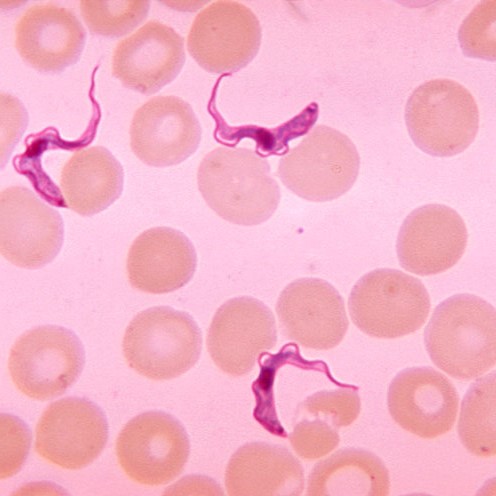
|
What’s in a Name? The Curious Case of Trypanosome Species and EcotypesSleeping sickness is a disease most people have heard about. The protist behind the disease, Trypanosoma, graces the pages of numerous textbooks. However, a more thorough investigation of the source literature reveals discrepancies in the protozoan’s scientific name. For instance, it has variously been referred to as Trypanosoma brucei, T. gambiense, or as one or two subspecies of T. brucei. Furthermore, other African trypanosomes, such as T. evansi parasitising animals, have a different name, yet are considered to be the same species as T. brucei. A recent paper published in Trends in Parasitology and co-authored by Jan Votýpka from the Department of Parasitology, Faculty of Science seeks to shed light on the chaotic species/ecotype status of Trypanosoma Published Feb 21, 2023 |
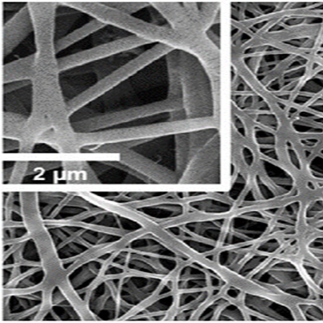
|
Light against bacteriaBacterial resistance to antibiotics and contaminated environment is an issue for the whole world. That is why many research groups are trying to solve these problems. Some of these researchers are Ph.D. students Vojtěch Liška and Petra Křtěnová from the Faculty of Science at Charles University under the lead of professor Jiří Mosinger. In cooperation with RNDr. Pavel Kubát CSc. from J. Heyrovský Institute of Physical Chemistry they have investigated new polymeric nanofibrous membranes with antibacterial effects once activated by light. The antibacterial effects can be manipulated from afar by a magnetic field. Published Feb 13, 2023 |
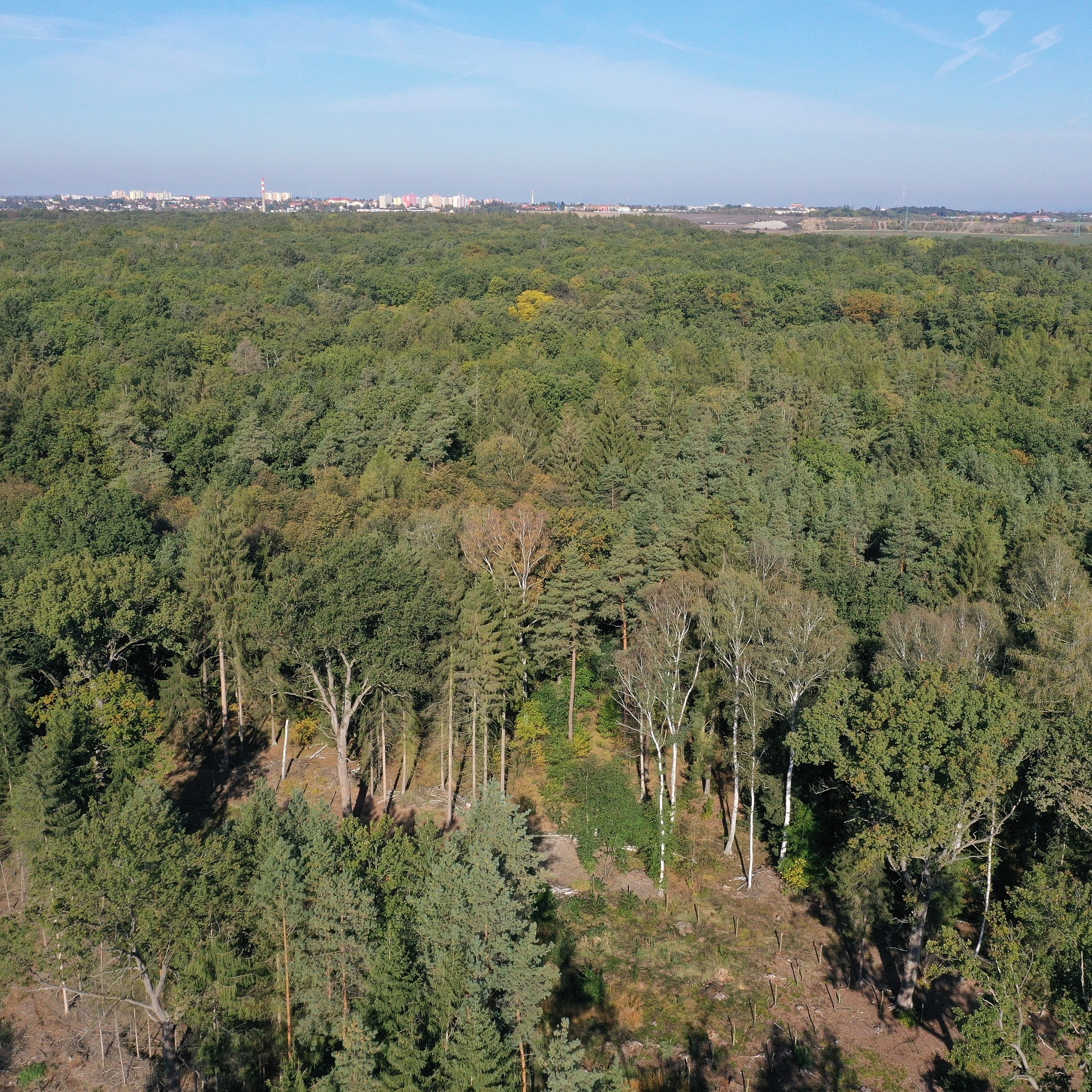
|
Even a machine can train to be a foresterIn recent years, forests in Czechia have been experiencing a terrifying period of change. They have been weakened due to climate change, harmful emissions, and improper management. The reduced vitality of the trees provides an opportunity for the expansion of pests which not only attack the trees, but also kill them. The area occupied by forests is declining rapidly. This raises concerns about environmental impacts, timber scarcity, and effects on human health. However, we often see trees that appear to be healthy, but are already badly damaged. Detecting damaged trees at an early stage is not easy, but it is indispensable. Robert Minařík, together with Jakub Langhammer and Theodora Lendzioch from the Department of Physical Geography and Geoecology, Faculty of Science, Charles University focused on the forest from a bird’s eye view. Published Feb 06, 2023 |

|
Do fungi work efficiently in croplands?The term mycorrhiza is certainly familiar to many of us. We would have a hard time finding mushrooms in the forest without their related woody plants. But how does mycorrhiza work in the fields? And do the normally invisible fungal filaments affect agricultural yields? The function of these systems has been investigated in more detail by a research group, together with Paula A. Buil, a Ph.D. student working for the Department of Botany at the Faculty of Science of Charles University. Published Jan 29, 2023 |
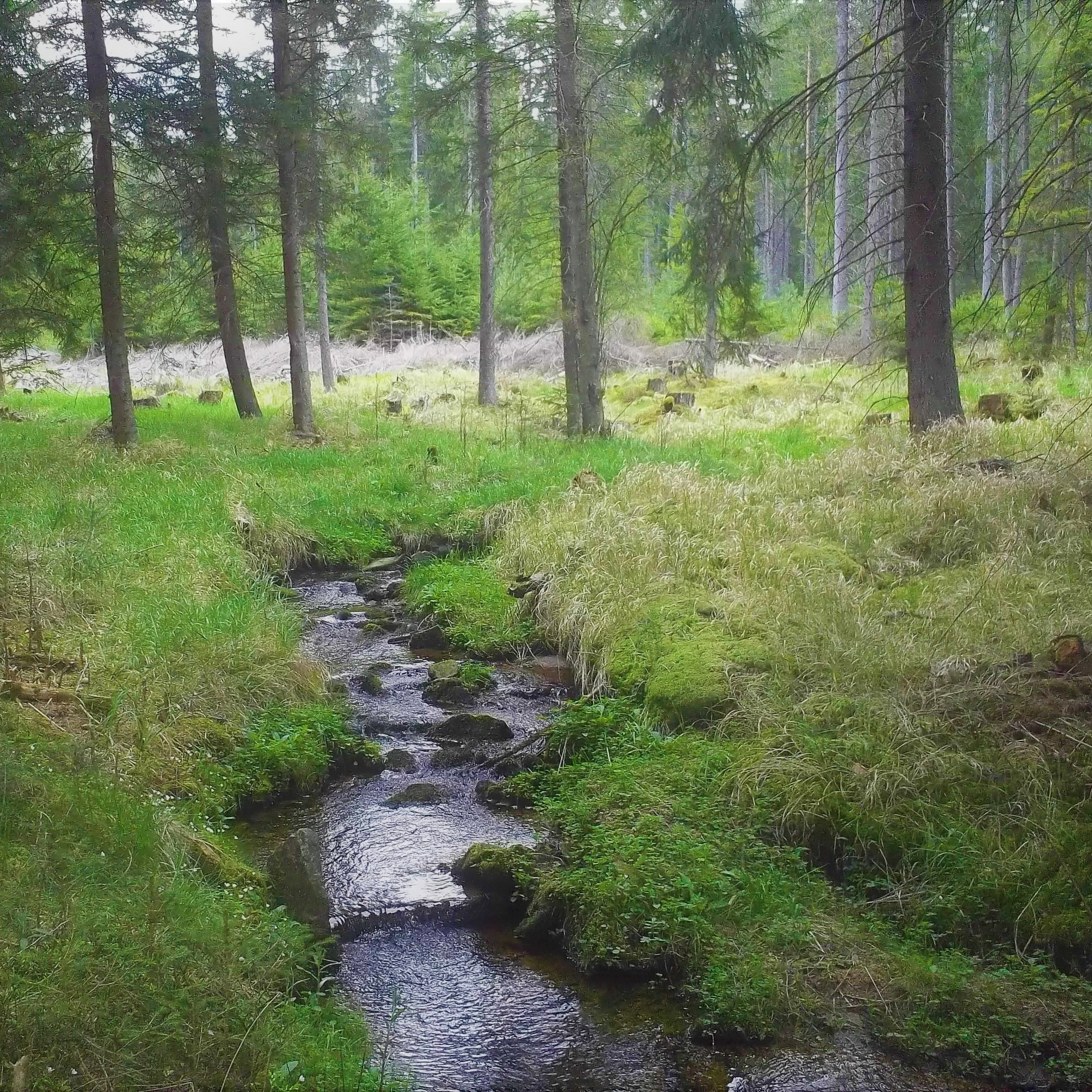
|
Legacy of the pastWater is essential for the existence of life on Earth. However, it is not only the quantity of water that is important, but also the quality, particularly for drinking water. With the effects of climate change being felt around the globe, even drinking water is becoming a ‘scarce commodity’ in some areas of Czechia. Today, headwater areas are potential drinking water sources. However, what is the quality of this water in the context of long-term trends and climatic extremes? A team of hydrologists led by Kateřina Fraindová from the Department of Physical Geography and Geoecology at the Faculty of Science of Charles University focused on the upper Blanice River catchment. Published Jan 16, 2023 |

|
Cannabis instead of antibiotics?Following the legalisation of cannabis sativa for research and medicinal purposes, it has increasingly become the subject of scientific research. It is also enjoying well-deserved popularity among patients. Today, medicinal cannabis remedies are prescribed for a wide range of diseases, including skin diseases such as psoriasis, lupus, and acne. Its effects on skin diseases caused by microorganisms have been the subject of research by a team of scientists, together with Mgr. Vít Hubka PhD working at the Department of Botany of the Faculty of Science of Charles University and the Institute of Microbiology of the Academy of Sciences of the Czech Republic. Published Jan 09, 2023 |
Anthropocene: the new geological era?In today’s world, the Earth’s ecosystem is considerably influenced by human activity. The human impact is so significant that, according to experts, the current geological period of our planet can be described as the ‘Anthropocene’. Aleš Hrdina and Dušan Romportl from the Department of Physical Geography and Geoecology at Charles University took a closer look at global classifications that reflect the intensity of human influence on individual natural areas. Published Jan 02, 2023 |
|
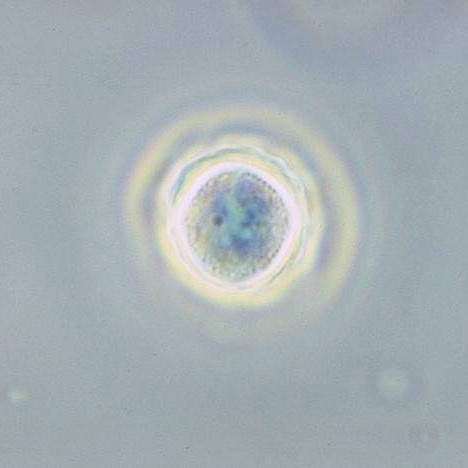
|
Even a non-venomous snake can threaten our healthMany of us keep reptiles as pets at home, but can cuddling with lizards be dangerous? Are reptiles a source of infectious diseases? Reptiles are an important reservoir of various organisms that are pathogenic to humans, including parasitic protozoa. An international team of scientists, together with Jan Votýpka from the Department of Parasitology at the Faculty of Science of Charles University, investigated how harmful these parasites are to humans and livestock. Published Dec 12, 2022 |
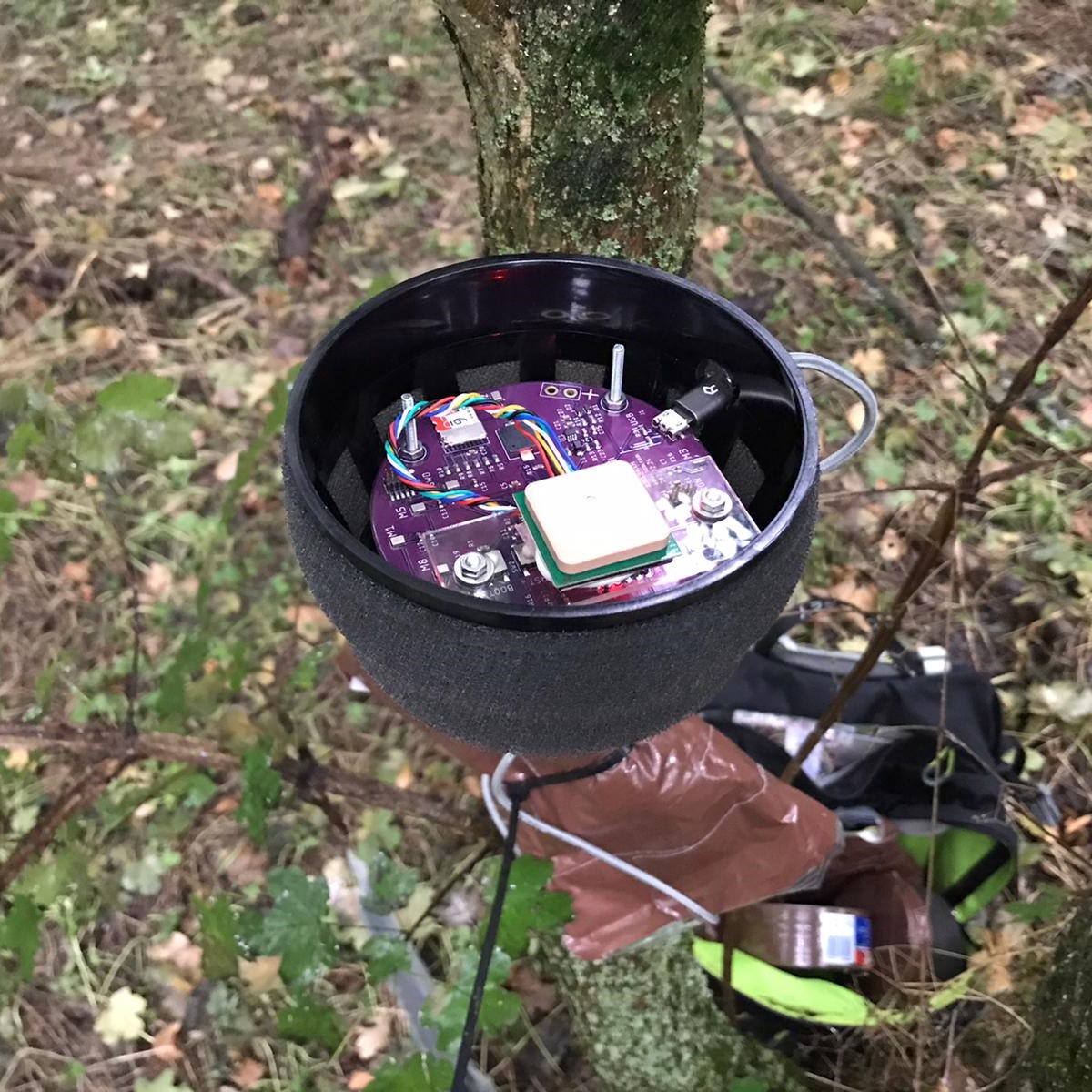
|
Is a low-cost recorder going to open new doors to studies with a smaller budget?Acoustic recorders are an effective non-invasive tool to study sounds of interest. They were originally developed to study marine ecosystems, but have been recently used in terrestrial ecosystems as well. Especially in documenting biodiversity, studying animal behavior and other wildlife. However, their usage can be found in localizing poachers and logging illegal activity via sounds they give out as well. Until now, studies have been using high-end acoustic recorders, called Wildlife acoustics Song meter (SMs), but Loretta Schindlerová from the Faculty of Science, Charles University, was part of a team, that compared this high-end acoustic recorder with a newly developed low-cost recorder (CARACAL) and focused on the differences. If they were minor, being able to use the cheaper recorder without loss of precision in the obtained data would open many new doors, not only in research Published Dec 05, 2022 |
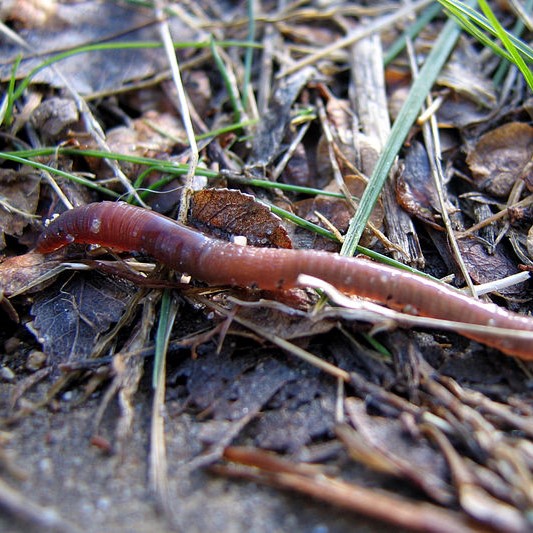
|
What would the world look like without earthworms?The lives of soil animals are normally hidden from us. Many of us can't even imagine the diverse and numerous fauna that lives under our feet. For example, do you know what is the main contribution of earthworms, termites, millipedes, and others like them? That's right, they’re the decomposers (saprophages). And without soil invertebrates, would the surface of the Earth be probably still largely covered in the organic litter? That's possible, too. This is shown by brand new findings brought to light by a large-scale review involving an international team of authors from the Institute for the Environment of the Faculty of Science of Charles University (Dr. Petr Heděnec, Dr. Jabbar Moradi, Prof. Jan Frouz, and Prof. Pavel Kindlmann). The paper, published in the journal Scientific Reports, is the first study ever to quantify the influence of different invertebrate groups on the processing of litter on a global scale. Published Nov 26, 2022 |